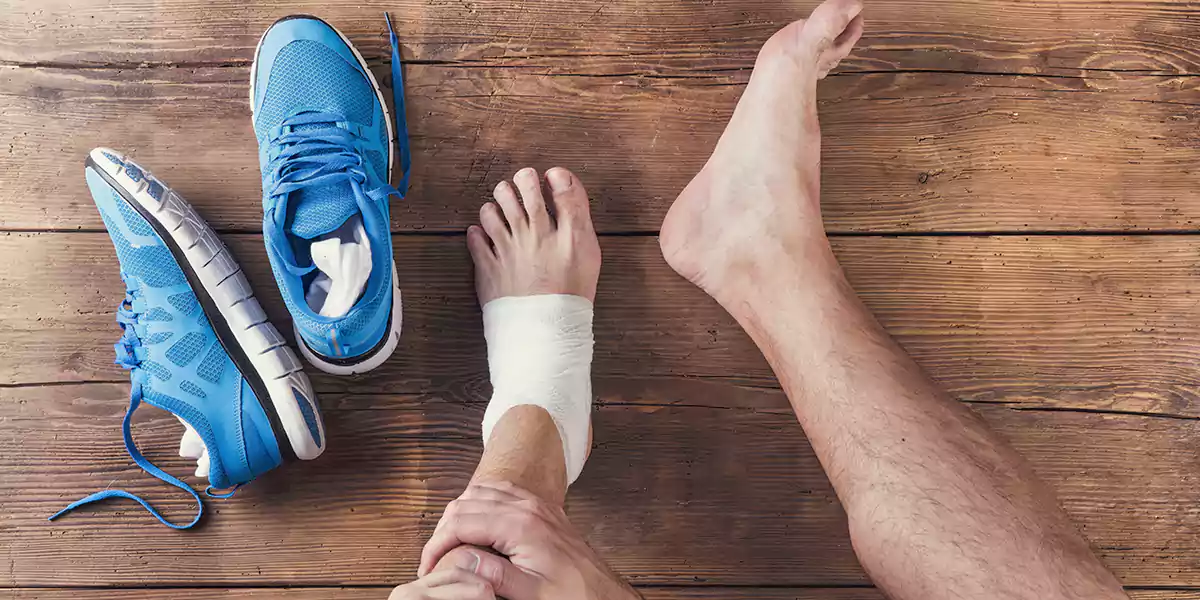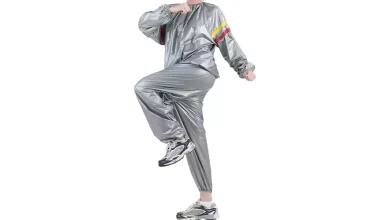Doing Aerobics After Playing Sport Helps In Better Recovery, Finds Study

Adolescents who participate in aerobic activity within ten days after sustaining a concussion due to sports have a greater chance of making a full recovery and a shorter recovery period.
Researchers from the University at Buffalo found that teenagers who participated in aerobic activity within ten days of sustaining a sports-related concussion had a much lower probability of prolonged recovery. The study’s results were reported in “The Lancet Child and Adolescent Health.” Using a randomized controlled trial, UB’s Concussion Management Clinic researchers replicated and expanded upon their 2019 findings published in JAMA Pediatrics. Exercise that does not increase symptoms or Sub-symptom threshold aerobic activity was found for the first time in the research study to lower the incidence of persistent post-concussion symptoms by 48% when started within ten days.
What Does It Mean?
Adolescents have the longest time recovering from concussions since they are the most susceptible.
Leddy and his coworker Barry S Willer, Ph.D., who is the professor of psychiatry in the Jacobs School at UB, research director at the Concussion Management Clinic, and senior author of the study, conducted an extensive body of research that led to the new findings. For a long time, Leddy and Willer have studied the effects of concussions on young athletes.
Their groundbreaking study helped shape policy recommendations that no longer recommend total rest for athletes recuperating from concussions. After collaborating on concussion return-to-play standards for the International Olympics, they launched this study area in 2000. Since low exercise tolerance is a common side effect of concussion, researchers were keen to find a way to measure it in a controlled setting.
How Was It Tested?
The Buffalo Concussion Treadmill Test was devised by modifying a cardiac treadmill test to place strain on the brain. Sub-symptom threshold exercise was used to investigate whether it may aid concussed brain recovery, as regular aerobic exercise is critical for brain health. According to Leddy, “as the present study demonstrates, this technique is non-pharmacological, safe, and effective.” Furthermore, no side effects were reported.
Who All Participated?
Participants in the study ranged in age from 13 to 18, and all had experienced a concussion while participating in a sport. A total of 118 teenagers participated; 61 were assigned to the aerobic exercise group, while 57 were given stretching activities that did not increase their heart rate as a placebo.
Aerobic exercise group participants recovered from a concussion in a median of 14 days, whereas stretching exercise group participants needed 19 days.
The experiment gave all participants heart rate monitors to wear while exercising. Researchers verified that patients performed aerobic exercise as prescribed by their physicians. While this method makes it more challenging to get reliable findings, it is more typical of real-world concussion therapy since it includes all participants, even those who dropped out before the trial was completed.
In particular, the heart rate monitors provided the UB researchers with a clearer image of the individuals’ at-home aerobic exercise sessions.
Willer stated that participants were quite sincere in following their prescription to the T. In fact, those who followed the prescription or may even have exceeded the exercise timing of 20 minutes per day had a recovery much faster than those that did not.




